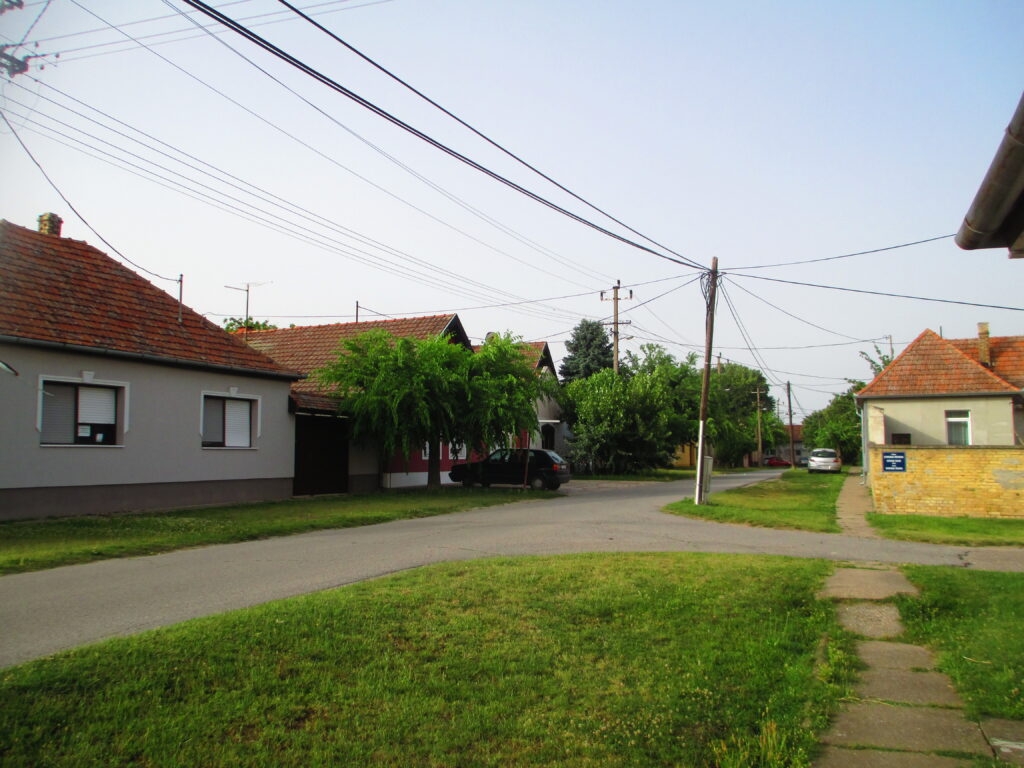Renting Land in Serbia and Subotica: Key Aspects and Procedures
Renting land in Serbia is regulated by two main laws: the Law on Planning and Construction and the Law on State Property. These legislative acts define the rights and obligations of the parties, the procedures for concluding lease agreements, and measures to protect the rights of tenants and landlords. The regulations issued by the Ministry of Construction, Transport, and Infrastructure also play a significant role in regulating the practical aspects of land use.

Legislative Framework
The foundation for regulating land leases in Serbia is provided by the Law on Planning and Construction and the Law on State Property. These laws define the rights and obligations of the parties, the procedure for concluding lease agreements, and measures to protect the interests of tenants and landlords. Additionally, regulations issued by the Ministry of Construction, Transport, and Infrastructure govern the practical aspects of land use, ensuring a comprehensive approach to land resource management.
Granting Land for Lease
The first step in the process of leasing land is to submit an application to local government authorities or the appropriate state body. The application must specify the intended use of the land and include documents proving the applicant’s identity and financial solvency. After reviewing the application and if the decision is positive, a lease agreement is signed between the applicant and the authority providing the land.

Lease Agreement
The lease agreement is the main document regulating the relationship between the tenant and the landlord. This agreement outlines the key elements of the transaction, such as the lease term, rent amount, land use conditions, and the rights and obligations of the parties. It is important to note that the lease agreement must be registered in the local cadastral register, which ensures the legal protection of all parties involved in the transaction and makes it as transparent as possible.
Types of Land and Lease Features
Residential Land
Leasing residential land intended for housing development requires compliance with urban planning norms and regulations. The process of leasing such land includes obtaining building permits and adhering to environmental standards. These measures ensure that construction and subsequent use of land plots do not disrupt the ecological balance and comply with city development plans.
Commercial Land
Commercial land is intended for the construction of trade, office, and industrial facilities. Leasing these plots requires additional approvals related to environmental impact and infrastructure. It is important to consider that projects implemented on commercial land must meet environmental protection requirements and take into account the region’s infrastructure capabilities.
Agricultural Land
Leasing agricultural land is regulated by special rules aimed at preserving soil fertility and the rational use of resources. Tenants are required to comply with agrotechnical requirements, keep records of land use, and submit reports on their activities. These measures ensure sustainable agricultural development and prevent land degradation.
Special Cases of Leasing
Leasing state-owned land is regulated by special decrees. According to the Decree on the Conditions for Leasing State Land, such plots can be leased at below-market rates or free of charge if it is related to the implementation of projects of national importance. This is especially relevant for investors participating in major infrastructure or social projects.х.

Public auctions are a common practice for granting land plots for lease. This method ensures maximum transparency and competitiveness in the process. To participate in auctions, pre-registration and deposit payment are required, which guarantees the seriousness of the participants’ intentions and protects the interests of the organizers.
In some cases, it is possible to change land rights, such as converting the right of use into ownership. This process is regulated by separate legal norms and requires additional approvals from state authorities. Converting rights can be beneficial for long-term tenants who wish to secure their land rights on more stable terms.
Risks and Legal Protection
Renting land involves several risks, including the possibility of legal disputes related to improper land use or breach of contract terms. To minimize these risks, it is recommended to conduct a thorough legal check of the plot, carefully review the lease agreement terms, and consult with a professional lawyer specializing in land issues.
Checking the legal purity of the plot includes studying all title documents, checking for encumbrances and debts. This allows you to avoid unpleasant surprises and ensure the legality of the transaction.
Careful review of the lease agreement terms will help identify and address potential problems at the document signing stage. Particular attention should be paid to the lease terms, payment conditions, and the tenant’s rights to make changes to the leased property.
Consultation with a professional lawyer will provide qualified support at all stages of the land lease. A lawyer will help avoid mistakes, protect your interests, and ensure that the transaction complies with legal requirements.

